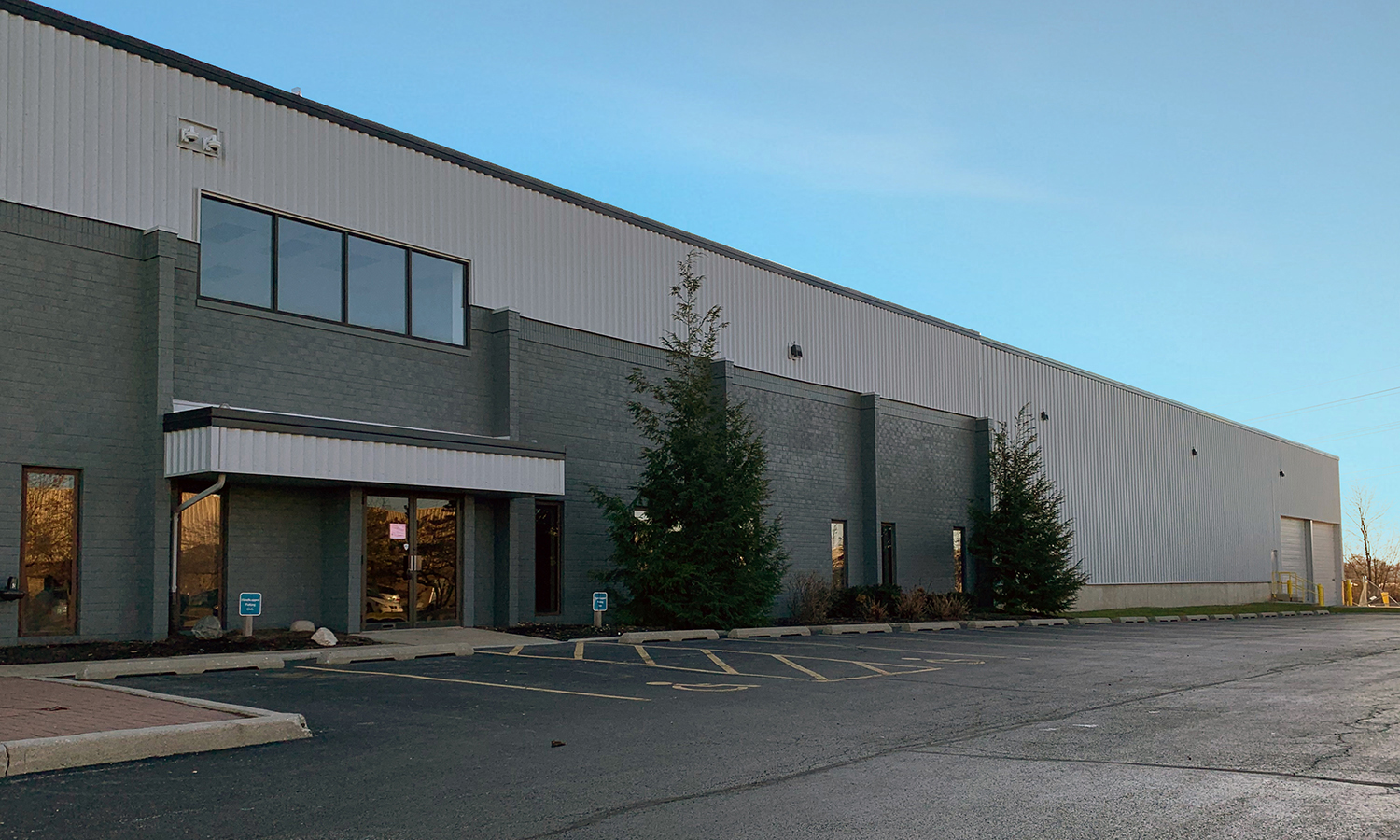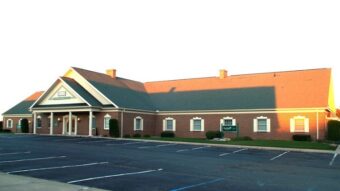Over the past six months, the industrial real estate sector has been the beneficiary of an otherwise calamitous situation, with a pandemic-induced surge in e-commerce driving up demand for warehouses. That generally means shiny Class A buildings—but there are opportunities in the Class B space.
According to Tom Curtis, senior associate with Avison Young, online retailers, 3PLs and others looking to beef up their logistical supply chains are generally going to gravitate toward the newer spec properties with high ceilings and large bay counts. However, as hot as this segment is, there are still abundant value-add opportunities among the Class B stock for those able to put in some capital and reposition an older building.
“An investor who’s willing to do that is going to be able to capture some value in a strong market,” Curtis said.
Along with John Moysey and Fort Richardson, Curtis recently brokered an 86,251-square-foot lease on behalf of Midwest Industrial Funds (MIF). The deal saw Second City Prints taking the majority of 1020 Olympic Drive in Batavia, Illinois.
MIF acquired the property last summer and conducted a capital infusion to reposition the asset. This included new HVAC, a new roof and reconfiguring the warehouse and mezzanine office spaces—along with refreshing the exterior, which hadn’t been updated in years.
“They identified an opportunity where they could add value to an older, Class B building that still had good characteristics to it,” said Curtis. “The building needed some TLC and they were willing to take the time and infuse some capital into the building.”
Not all properties are good candidates for such a renovation. It’s called value-add for a reason—adding value implies that there was already some intrinsic value in place. For 1020 Olympic, that meant decent clear heights (ranging from 24 to 28 feet), a seven-acre site that includes 40,000 square feet of oudoor storage and three rail doors that allow connection to the nearby Burlington Northern Santa Fe rail spur.
Nothing beats location but having a strong roster of characteristics in place such as these are a very strong consideration for tenants. Another important feature—one that snazzy new Class A buildings often can’t compete with—is a robust power infrastructure in place. This will be a crucial component as Chicago and other markets compete for potential manufacturers if and when companies decide to relocate back to U.S. soil.
“Someone that wants to start up an operation quickly is going to need a lot of amenities that many of these older, Class B buildings have,” Curtis said. “A lot of the newer, class A distribution facilities don’t have the amount of existing power that the older buildings do.”
Again, nothing beats location, but what is considered vital when it comes to location has become somewhat fluid. Curtis said that they received interest in the Batavia property from manufacturers looking to escape the higher taxes of Cook County. There are numerous industrial users for whom access to multiple interstates, adjacency to intermodals and/or last mile capabilities aren’t the top priorities. For them, the scope is much larger and sites in Kane County or elsewhere in the fringes of the collar counties can be viable options.
For investors large and small, the right Class B property is an attractive acquisition target. Many local investors have had success putting together $50 to $75 million portfolios—comprised of smaller, $5 to $10 million industrial buildings—and selling those off to institutional investors who amalgamate the properties into their larger, national portfolios. It all starts with identifying the right Class B asset with the potential to return value.




